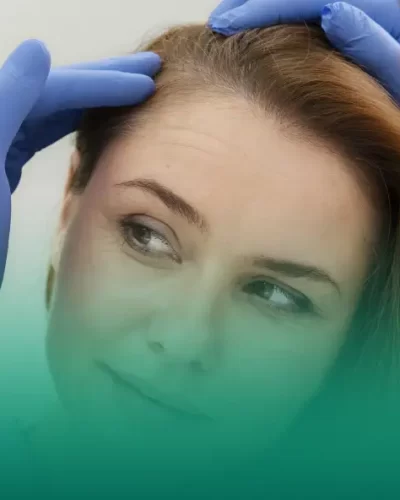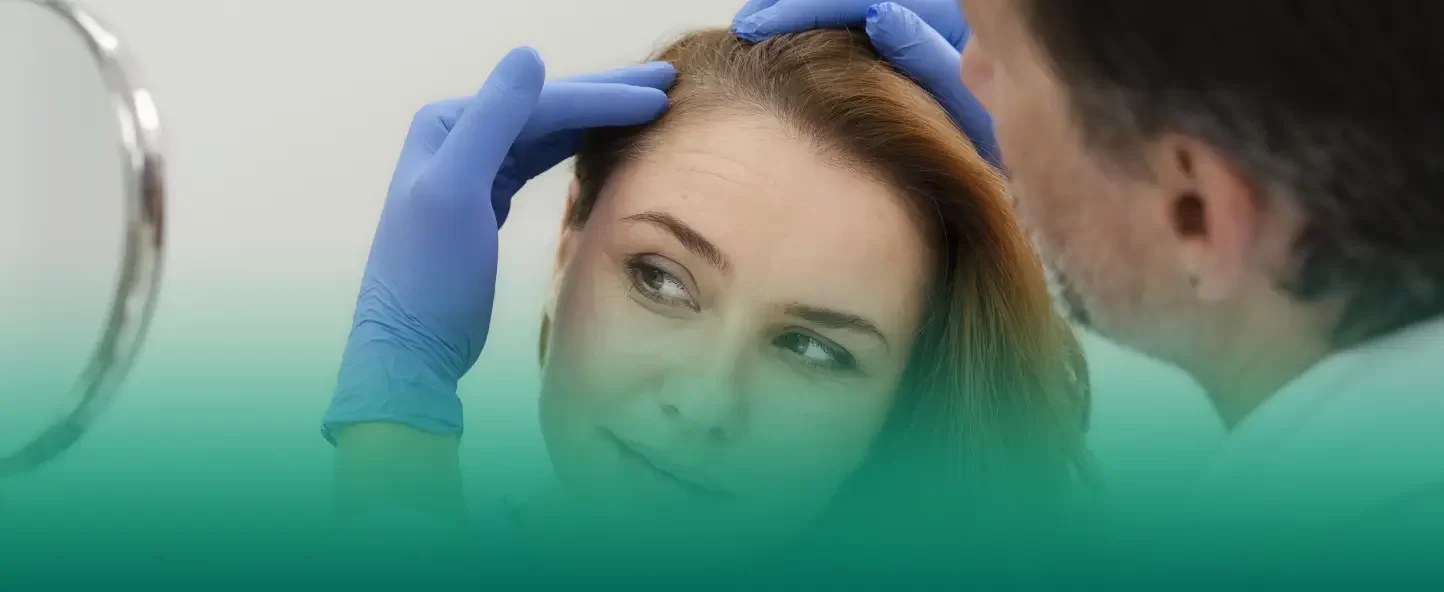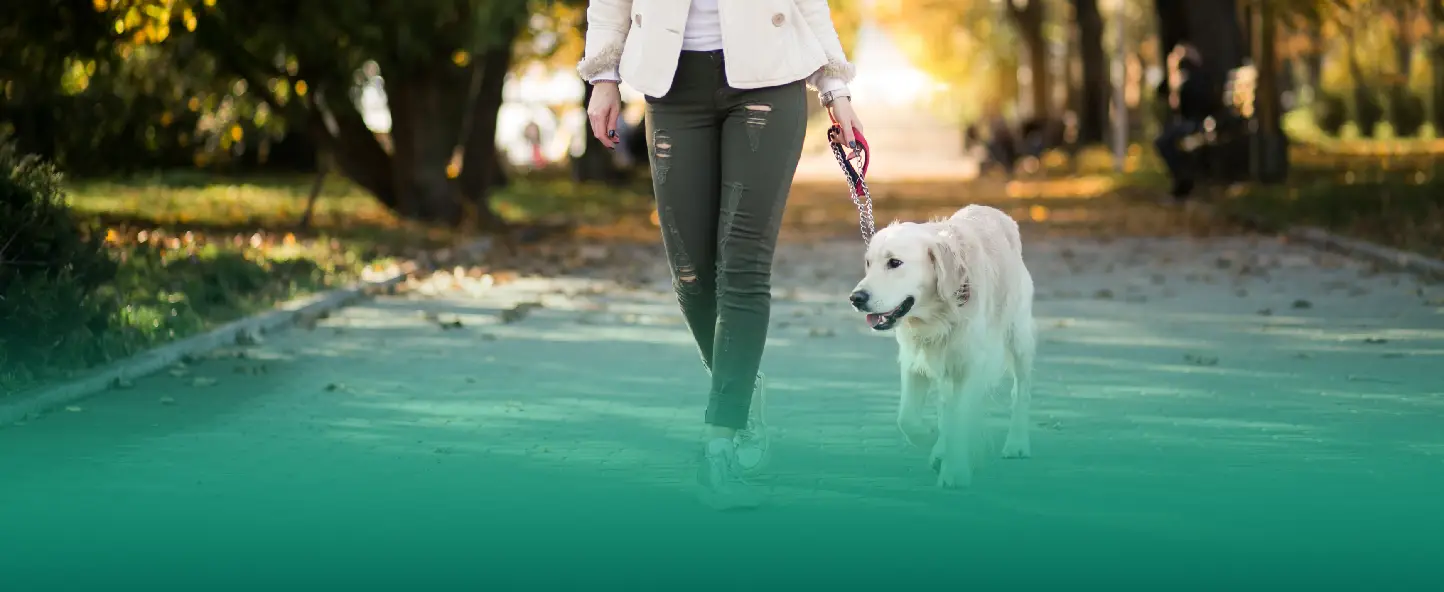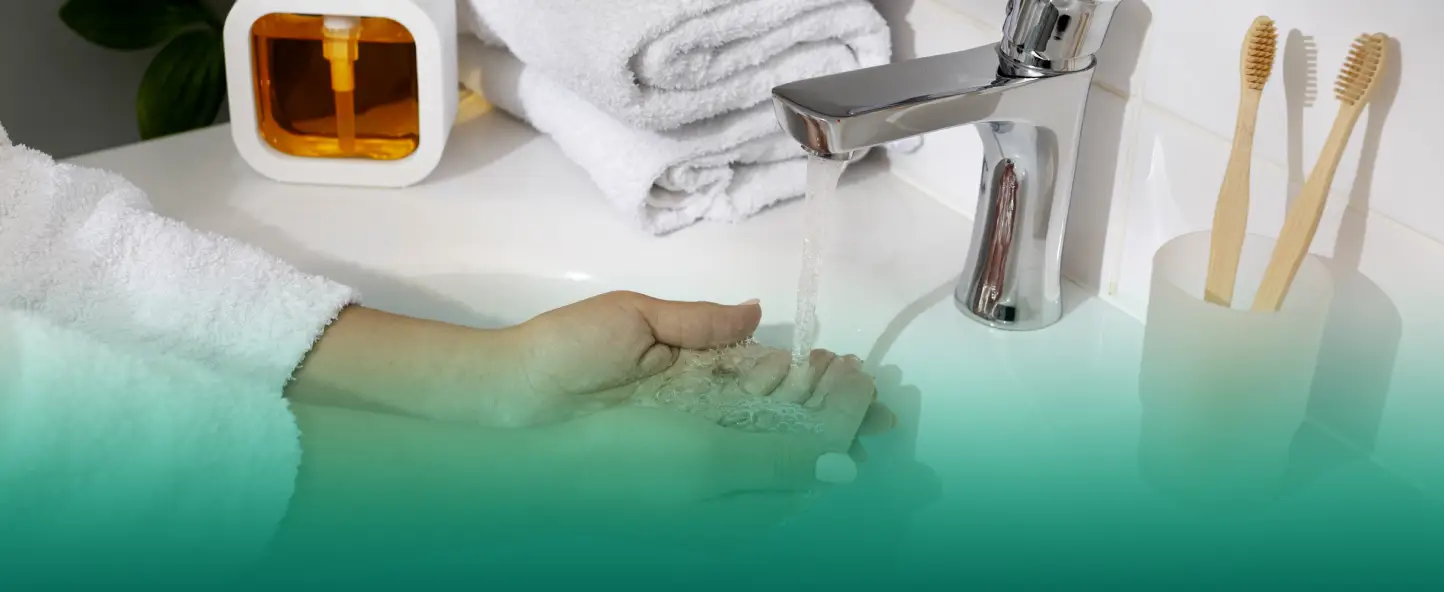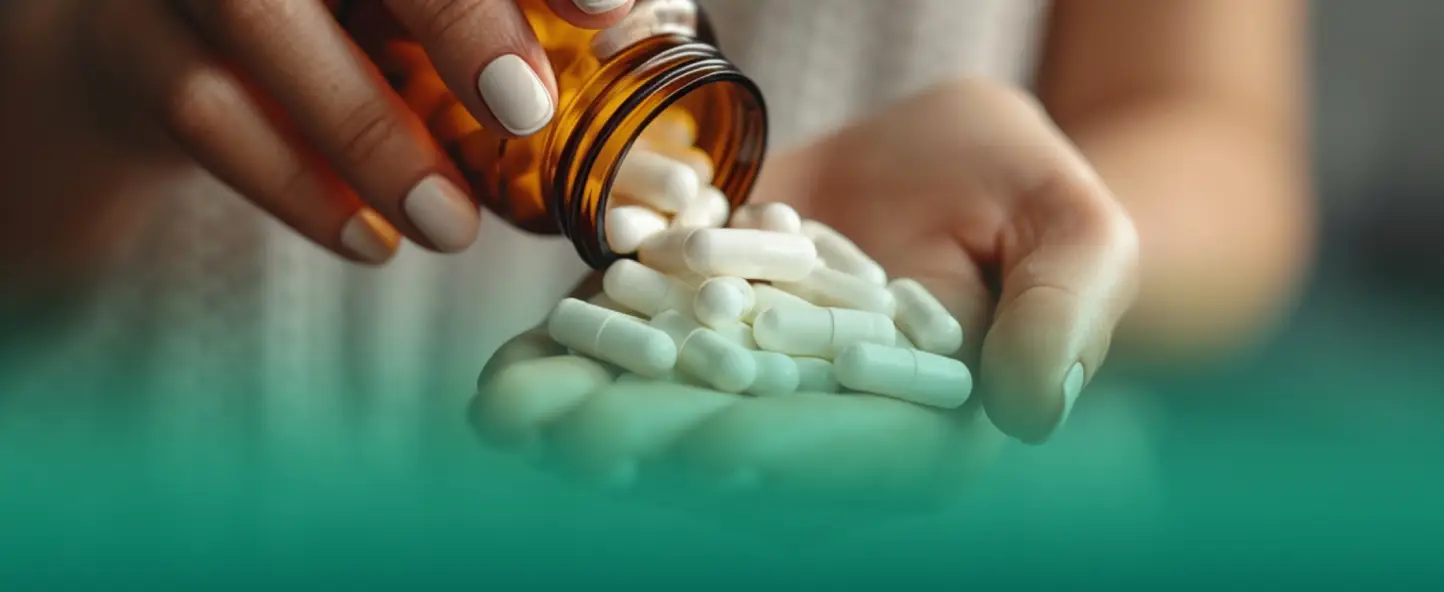Myth: Hair transplant is painful
There is a common belief that hair transplantation is associated with discomfort or even illness. However, modern methods such as FUE+FUI (follicular unit extraction and follicular unitransplantation) allow the procedure to be performed under local anesthesia, which significantly reduces the level of pain.
The entire hair transplant process, including the extraction and transfer of follicular units, is painless. Following the procedure, patients typically experience no pain during recovery. The micro-wounds formed during the process heal within 3-5 days, leaving no traces, and after 2 weeks, patients can return to normal life.
Myth: The hair transplant area will look unnatural
The appearance of the area where the hair is transferred depends on the transplantation method chosen. Previously, a surgical method known as FUT (follicular unitransplantation) or STRIP method (strip method) was widely used, which is still popular due to its availability and low cost. This method involves using a scalpel and tweezers to remove a flap of skin from the occipital region, which is then divided into small fragments called grafts.
These grafts are then inserted into small incisions made in the recipient area. However, the results of this method do not always look natural due to visible scars and uneven hair growth. The density of restored hair is usually up to 40 hairs per 1 cm2, and the process of surgery and restoration can be quite painful.
This method has been replaced by the FUE Machine method (follicular unit extraction using a machine), which involves the use of a special device with a rotary mechanism to extract grafts. The follicular units are then inserted using a scalpel and tweezers, or a special instrument known as an implanter. This method usually provides a higher density of restored hair, up to 60 hairs per 1 cm2, but can cause pain and swelling, and damage to the donor area can reach up to 70%.
When choosing the completely manual FUE+FUI method, the results usually look as natural as possible. Extraction and insertion of follicular units are carried out manually using micro-needle instruments.
The doctor controls the density and angle of the restored hair, ensuring maximum naturalness of the future hairstyle. The survival rate of hair with this method ranges from 90% to 98%, and the density can reach up to 120 hairs per 1 cm2.
Myth: The transplant area is difficult to care for
This is a common misconception that many people experience before undergoing a hair transplant procedure. However, following the doctor’s recommendations, caring for the transplant area is not difficult. It is important to remember that in the first 5 days after the procedure, it is better to avoid direct contact with this area so as not to damage the newly transplanted hair.
In addition, there are a few simple recommendations that will help ensure proper care:
- When washing your hair, you should use a mild shampoo to avoid skin irritation and minimize the risk of loss of transplanted hair.
- It is important to avoid using a sauna or steam room for the first few weeks after the procedure to avoid excessive sweating and possible infections.
- Avoid strenuous exercise and strenuous activities, which may affect the healing and results of the graft.
- Avoid wearing tight hats to avoid chafing or deforming the transplant area.
- It is recommended to consume foods rich in proteins to provide healthy nutrition to growing hair and speed up the healing process.
By following these simple guidelines, patients can ensure proper care of the transplant area and speed up the healing process, ensuring optimal hair transplant results.
Myth: Hair for transplant can be taken from any donor
This is one of the most common misconceptions about the hair transplant procedure.
It is impossible to transplant hair from another person, even if he has a similar hair structure or blood type. This is because the body’s immune system will recognize the foreign follicles as a foreign substance and begin to attack them. As a result, the transplanted hair may fall out and the follicles may not take root.
For a successful transplant, it is necessary to use the patient’s own follicular units taken from the donor area, where hair follicles are not subject to the influence of androgens and have a high survival rate.
Myth: It is unknown how hair transplantation will affect your health in the future
The history of hair transplantation dates back more than 80 years. The first experiments in this area were carried out by Japanese surgeons in the 1940s. Despite the fact that the results of the first operations left much to be desired, they became the starting point for the development of the entire hair transplant industry.
Over time, transplantation methods and technologies have become more advanced and safe, allowing millions of people around the world to regain the confidence and joy of healthy, thick hair. Today, the hair transplant procedure is considered to be relatively safe and effective, and many people who seek it are satisfied with the results and continue to enjoy their hair for many years.
Recently, thousands of people have turned to specialized clinics for hair transplant procedures. This innovative technique helped them get rid of the problem of baldness, restore natural hair thickness and get the desired result.
For many people, this procedure has become a real salvation, having a positive impact on their lives. The restored hair density gave confidence, and getting rid of aesthetic defects such as bald spots, scars and burns significantly improved the appearance and well-being.


